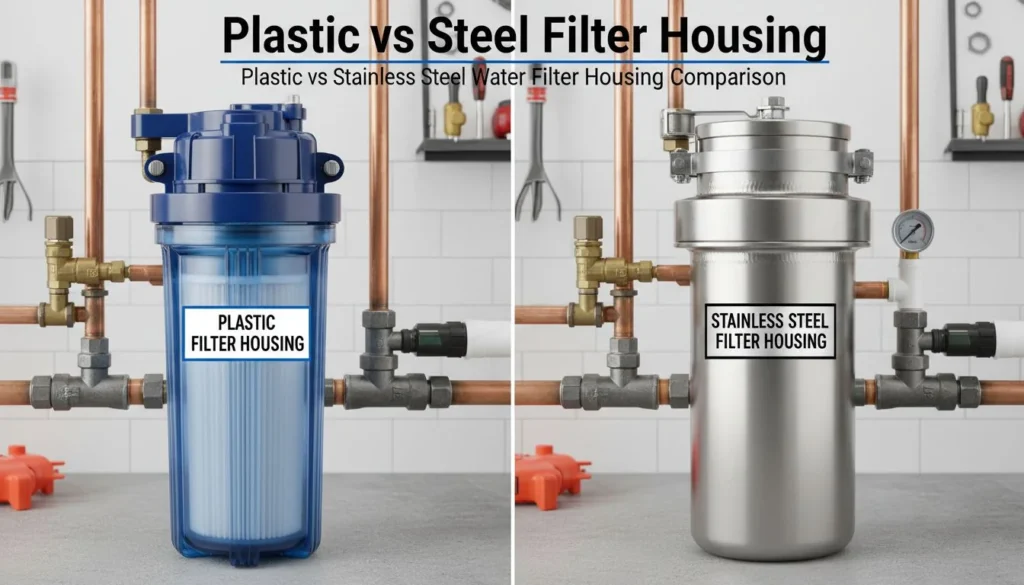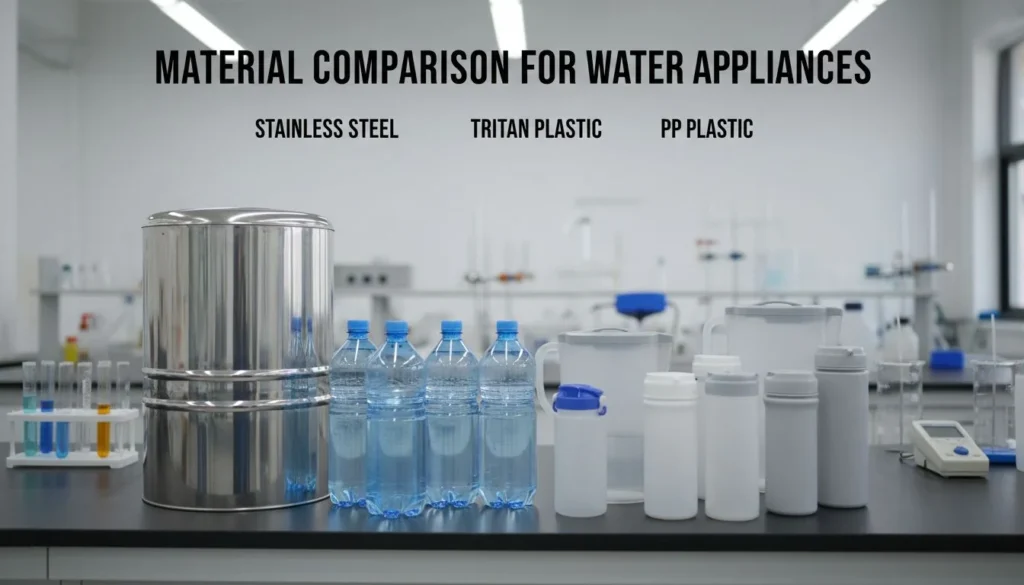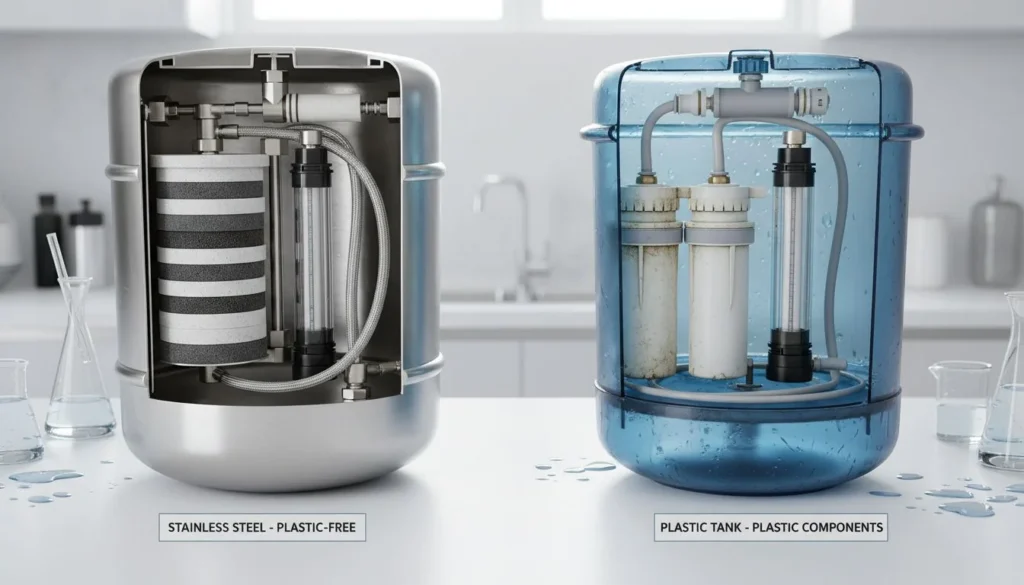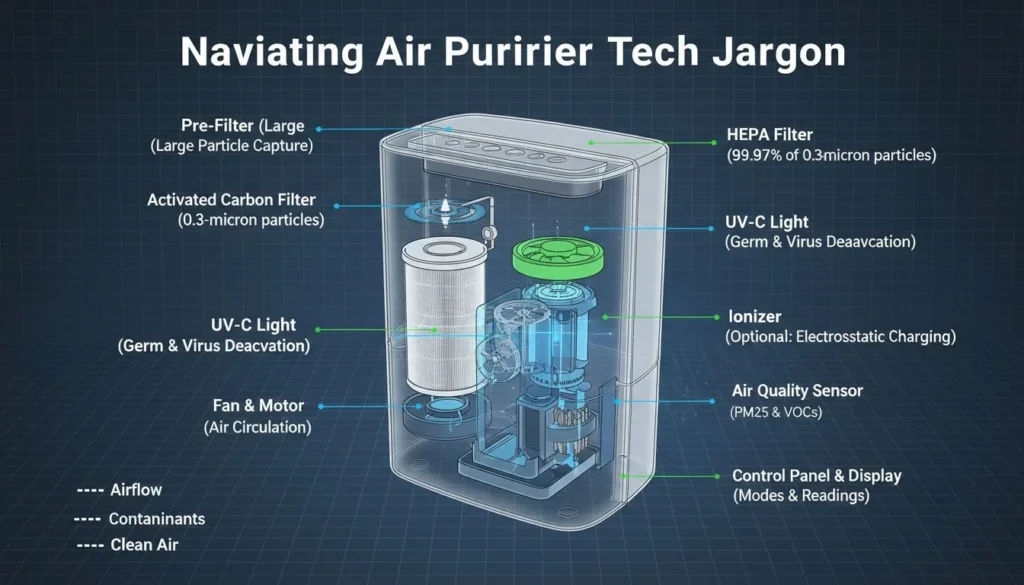
Have you ever thought about how much we depend on clean air? As I embarked on my journey into the air purifier business, I discovered that it’s not just about selling a product; it’s about improving lives.
To successfully launch an air purifier business, start by conducting comprehensive market research to identify gaps and opportunities. Collaborate with experienced manufacturers, focus on product innovation, and devise a strategic marketing plan targeting niche markets.
While these initial steps lay a strong foundation, the following sections explore essential strategies for brand building, product development, and financial planning that will help ensure long-term success in the air purification industry.
Market research is crucial for launching an air purifier business.True
Market research identifies opportunities and gaps, guiding strategy.
How Can You Identify Market Opportunities in the Air Purifier Sector?
Uncovering market opportunities in the air purifier sector requires strategic research and innovative thinking.
Identify market opportunities by analyzing current trends, assessing consumer needs, and examining technological advancements. Collaborate with industry experts to gain insights and explore gaps in the market.

Understanding Market Trends
To identify opportunities, start by analyzing current trends1 in the air purifier market. Consider factors such as increasing urbanization, rising health consciousness, and growing awareness of air pollution. These trends can indicate areas with unmet demand or emerging markets that may benefit from air purification solutions.
Consumer Needs Assessment
Assessing consumer needs is crucial. Conduct surveys or focus groups to gather data on what features consumers value most in air purifiers—such as CADR (Clean Air Delivery Rate), noise level, and PM2.5 sensors. This information can help tailor products to meet specific needs, thus capturing a targeted segment of the market.
Technological Advancements
Stay updated with technological advancements in the field. For example, innovations like smart sensors or energy-efficient models can provide a competitive edge. Research innovative technologies2 that are transforming the industry and consider how these can be integrated into your product offerings.
Collaborate with Industry Experts
Engage with industry experts to gain insights into market gaps. A reliable and experienced manufacturer can provide valuable information about supply chain dynamics and potential niches within the market. Consulting with experts3 helps to refine your business strategy by leveraging their knowledge and experience.
Market Gap Analysis
Conduct a thorough analysis to find gaps between supply and demand. Identify underserved regions or demographics that could benefit from air purification solutions. Consider factors like air quality indexes in various areas and regulatory policies that might affect demand.
Pilot Testing with MVP
Finally, consider launching a Minimum Viable Product (MVP) to test the market's response. A small trial order can provide critical feedback, helping you understand consumer preferences and fine-tune your product before a full-scale launch.
Urbanization drives air purifier demand.True
Increasing urbanization leads to higher pollution levels, boosting air purifier sales.
Noise level is the top consumer concern in air purifiers.False
Consumers prioritize Clean Air Delivery Rate over noise level in air purifiers.
What Are the Key Features to Focus On When Designing Air Purifiers?
Designing an effective air purifier requires a keen focus on essential features to ensure optimal performance and user satisfaction.
When designing air purifiers, focus on key features like CADR, noise levels, and smart sensors to enhance efficiency and user experience.
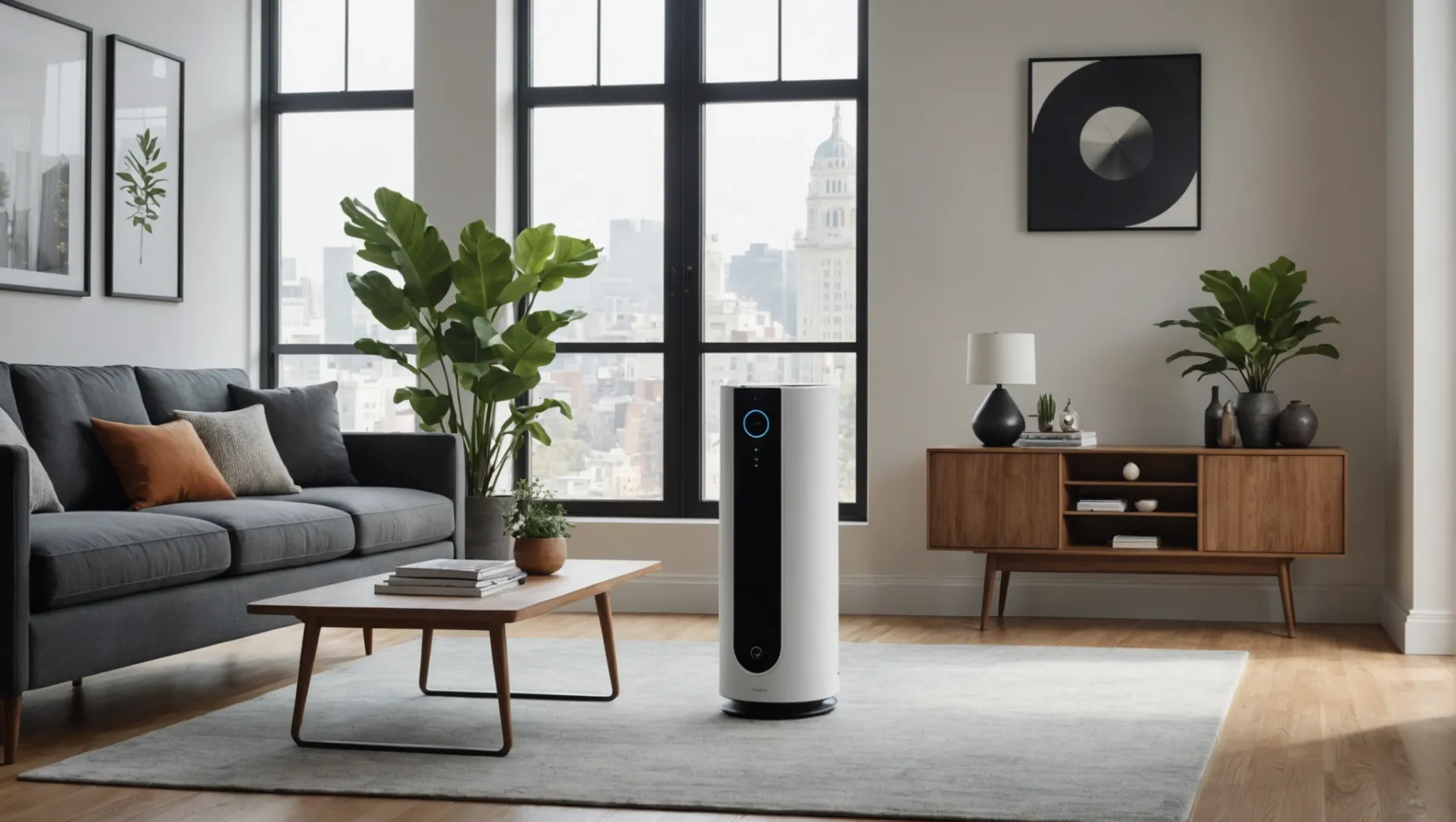
Understanding CADR and Its Importance
The Clean Air Delivery Rate (CADR) is a critical metric that indicates how well an air purifier cleans the air within a specific space. It measures the volume of clean air produced per minute, with higher values signifying better performance. To meet consumer expectations, select a CADR rating4 appropriate for the room size.
Noise Levels: Achieving Quiet Operation
Noise can significantly impact user satisfaction. Consumers often prefer devices that operate quietly, especially in bedrooms or office settings. Aim for noise levels below 50 decibels to ensure that the purifier doesn’t disrupt everyday activities or sleep.
Integrating Smart Sensors
Smart sensors, such as PM2.5 sensors, are becoming increasingly popular due to their ability to detect particulate matter and adjust purification settings automatically. These sensors enhance user convenience and ensure the device operates efficiently by responding to real-time air quality conditions.
Energy Efficiency: A Sustainable Approach
Incorporating energy-efficient technologies is not only environmentally responsible but also appealing to cost-conscious consumers. Look for energy-efficient certifications to assure buyers of lower utility bills and reduced environmental impact.
Aesthetic and Functional Design Considerations
A well-designed air purifier should blend into its environment seamlessly while remaining easy to use. Consider sleek designs with intuitive controls and options for customization to cater to diverse consumer preferences.
Building Reliability and Durability
Consumers seek products that offer longevity and consistent performance. Prioritize high-quality materials and robust construction techniques. Offering warranties can also enhance consumer confidence in the product's reliability.
By focusing on these features, designers can create air purifiers that meet the demands of a discerning market, ensuring both functionality and user satisfaction.
Air purifiers should have a CADR above 200.False
CADR should match room size, not necessarily above 200.
Smart sensors adjust air purifiers based on air quality.True
Smart sensors detect particles and adjust settings automatically.
How to Choose the Right Manufacturer for Your Air Purifier Business?
Selecting the perfect manufacturer is crucial for the success of your air purifier business.
Begin by evaluating manufacturers based on their experience, reputation, and product quality. Consider factors like production capacity, compliance with industry standards, and their ability to innovate. A strategic partnership with the right manufacturer can significantly impact your business's growth and sustainability.

Assessing Manufacturer Experience and Reputation
When choosing a manufacturer for your air purifier business, start by evaluating their industry experience5. A manufacturer with a strong track record is more likely to produce high-quality products and meet industry standards. Reputation can be gauged through reviews, testimonials, and case studies from previous clients.
Evaluating Product Quality and Innovation
The quality of the air purifiers produced by a manufacturer is non-negotiable. Request samples to test parameters such as CADR (Clean Air Delivery Rate), noise levels, and PM2.5 sensor accuracy. Additionally, investigate if the manufacturer has a history of innovation and whether they are investing in R&D to stay ahead of technological trends6 in air purification.
| Criteria | Description | Importance |
|---|---|---|
| CADR | Measures the volume of clean air delivered per minute. | High |
| Noise Level | Indicates how quietly the device operates. | Medium |
| PM2.5 Sensor | Detects fine particulate matter for air quality assessment. | High |
Ensuring Compliance with Industry Standards
Compliance with international standards such as ISO or AHAM can be a distinguishing factor in selecting a manufacturer. These certifications ensure that products meet safety and performance benchmarks. Make sure your potential manufacturing partner adheres to these standards.
Understanding Production Capacity and Flexibility
Analyze whether the manufacturer's production capacity aligns with your business needs. This includes their ability to scale production during demand surges. Flexibility is also crucial; consider if they can accommodate custom designs or modifications based on customer feedback.
Building Strategic Partnerships
The ideal manufacturer should be seen as a strategic partner rather than just a supplier. Their insight into the air purification market can be invaluable, providing guidance on emerging trends and helping you refine your product offering to better meet customer needs.
A manufacturer's reputation is gauged through reviews.True
Reviews, testimonials, and case studies help assess reputation.
ISO certification is irrelevant for air purifier manufacturers.False
ISO ensures safety and performance standards are met.
What Effective Marketing Strategies Can Boost Your Air Purifier Brand?
Standing out in the competitive air purifier market requires innovative and targeted marketing strategies.
Boosting your air purifier brand involves leveraging digital marketing, engaging with niche audiences, and emphasizing unique product features. These strategies help differentiate your brand in a crowded marketplace and attract loyal customers.

Understand Your Target Audience
To effectively market your air purifier brand, begin by identifying who your ideal customers are. Are they health-conscious individuals, parents, or tech-savvy millennials? Conduct surveys and use data analytics to understand their preferences and behaviors. Tailoring your marketing messages to resonate with these groups can significantly enhance your brand's appeal.
Leverage Digital Marketing Channels
In the digital age, having a robust online presence is crucial. Utilize search engine optimization7 (SEO) to improve your website’s visibility on search engines. Invest in pay-per-click advertising to reach potential customers actively searching for air purifiers. Social media platforms like Instagram and Facebook offer excellent opportunities to showcase your products through engaging content and promotions. Collaborate with influencers who can authentically promote your brand to their followers.
Focus on Unique Product Features
Differentiate your brand by emphasizing the unique features of your air purifiers. Whether it’s advanced filtration technology, low noise levels, or energy efficiency, highlight these benefits in your marketing campaigns. Create informative content, such as comparison charts8 and videos, that showcase how your products stand out from competitors.
Engage with Niche Markets
Target niche markets by understanding specific needs within smaller segments of the larger market. For instance, develop campaigns specifically for allergy sufferers or pet owners. This focused approach can help you build a loyal customer base that sees your brand as a tailored solution to their unique needs.
Utilize Customer Feedback
Actively seek and utilize customer feedback to continuously improve your products and services. Encourage reviews and testimonials on platforms like Amazon and Google. Positive feedback can be a powerful tool in building trust and credibility for your brand. Responding to customer queries and complaints promptly also demonstrates your commitment to customer satisfaction.
Develop a Strong Brand Identity
Crafting a compelling brand story and identity is essential for differentiation. Ensure that your branding is consistent across all channels, from product packaging to social media posts. A strong brand identity helps consumers remember your products and associate them with quality and reliability.
SEO improves air purifier brand visibility.True
SEO enhances online presence, attracting more potential customers.
Ignoring niche markets boosts brand loyalty.False
Targeting niche markets builds a loyal customer base.
Conclusion
By following these strategic steps, you can position your air purifier business for success. Stay innovative, responsive to customer needs, and vigilant about market trends to thrive in this competitive industry.
-
Explore market dynamics to spot emerging opportunities.: The Air Purifier Market is expected to reach USD 16.83 billion in 2024 and grow at a CAGR of 7% to reach USD 23.60 billion by 2029. Sharp Corporation, IQAir ... ↩
-
Discover cutting-edge tech to enhance product offerings.: Using APART, a patented application of electrostatic precipitation, Brio purifies the air by removing and trapping particles without reducing airflow. APART ... ↩
-
Gain strategic insights to inform business decisions.: Consulting an expert ensures that you choose the right HEPA air purifier for your specific needs. Experts take into account various factors. ↩
-
Understand CADR's role in evaluating air purifier effectiveness.: CADR, the Clean Air Delivery Rate, is a metric that was developed as a way of measuring the performance of air purifiers for home. ↩
-
Understand why experience matters for quality assurance and reliability.: Ecosystm research finds that industry experience can be a significant vendor selection criterion for some tech areas. ↩
-
Stay updated on innovations for competitive product offerings.: UVGI Air Purification Technology –. Ultraviolet Germicidal Irradiation (UVGI) is an air purification technology that disinfects the atmosphere by releasing UV-C ... ↩
-
Learn effective SEO techniques to enhance online visibility.: The implementation of SEO best practices led to improved search rankings for key branded keywords. Searches for terms like “Aeris air purifier,” ... ↩
-
Understand how comparison charts can highlight product advantages.: This will allow you to compare one number (CFM) between different units and gives you a much better idea of the actual processing power of the air purifier. * ... ↩



